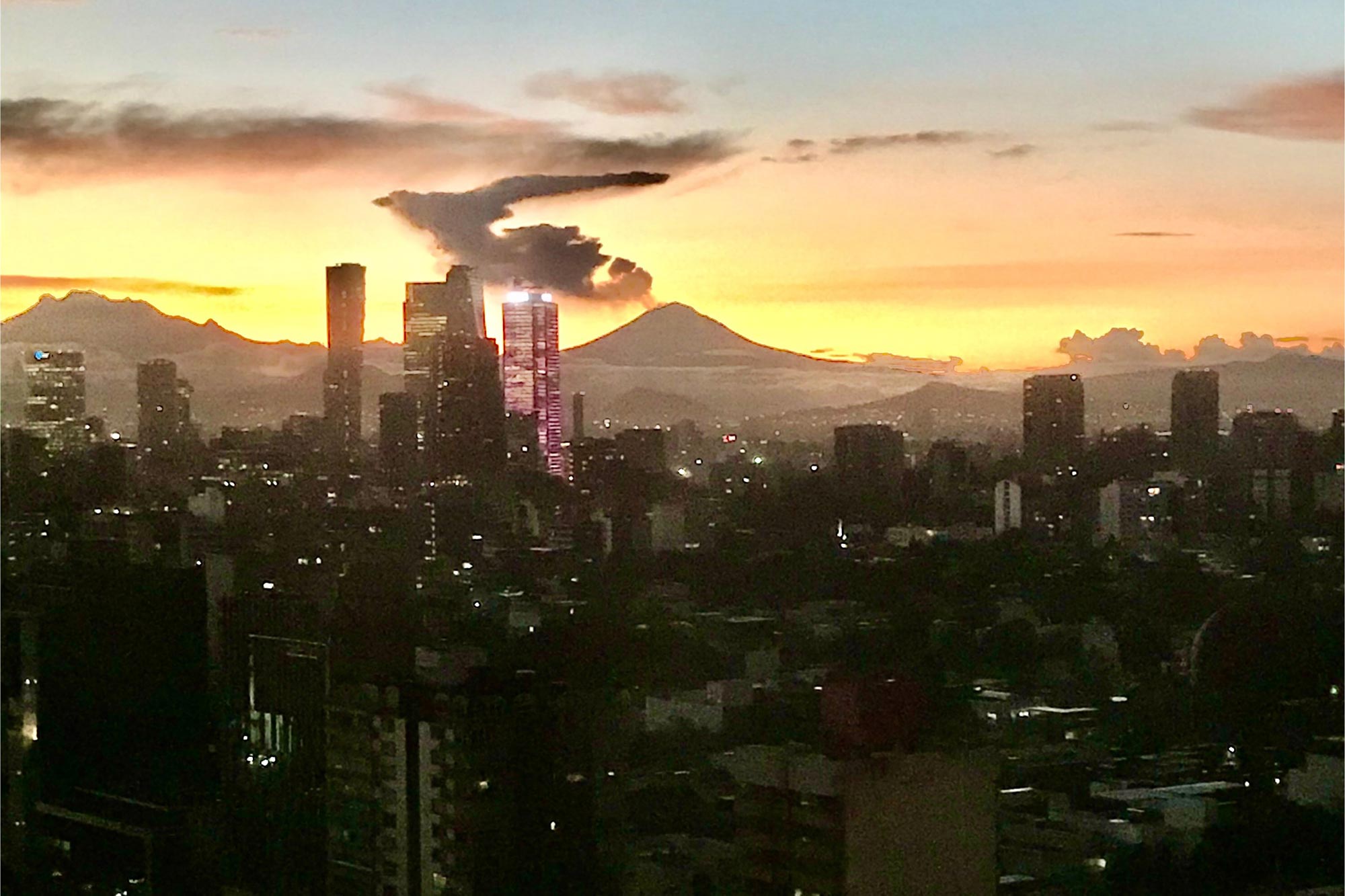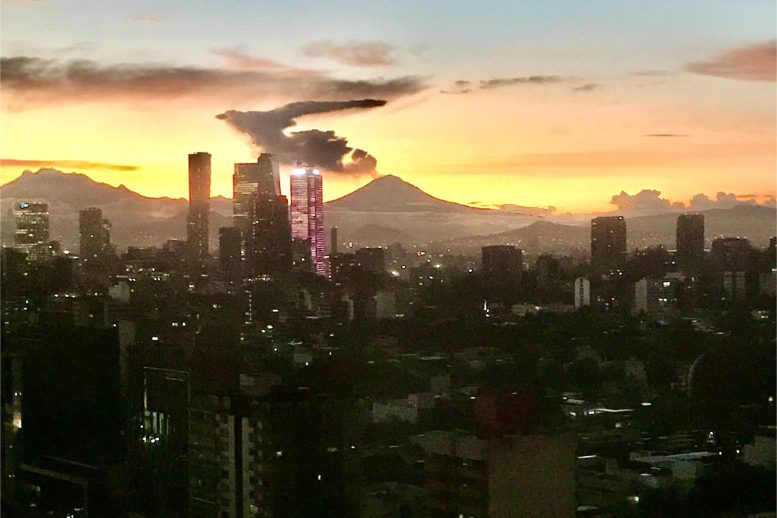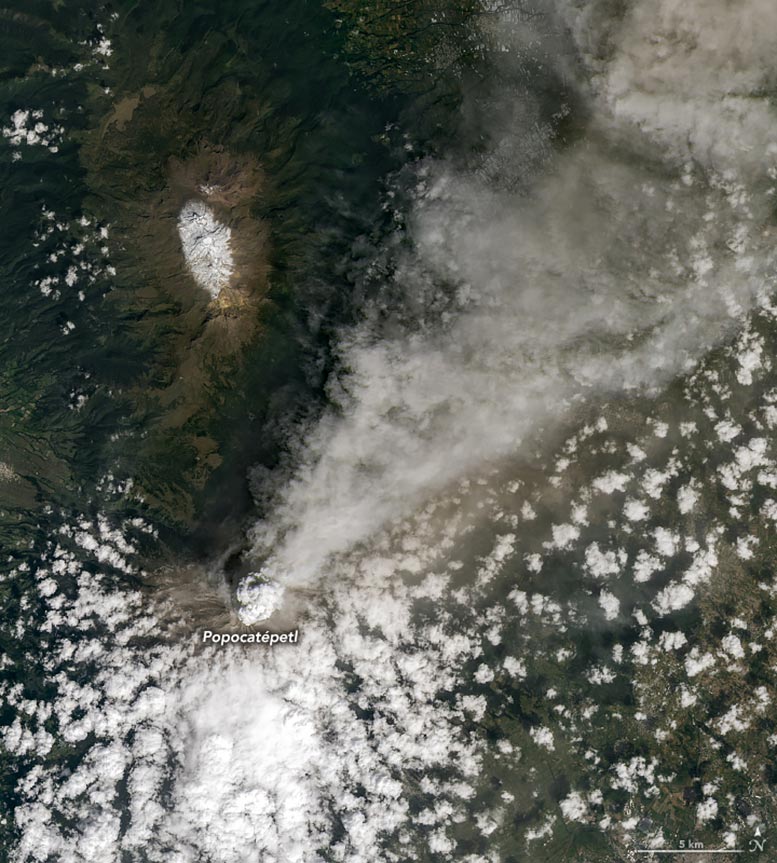

Popocatépetl, a highly active stratovolcano in Mexico, has been erupting continuously since 2005, affecting millions within a 70-kilometer radius.
Recent satellite imagery and monitoring confirm ongoing emissions of ash and gases. Communities nearby suffer from ash fallout that poses health risks, while distant areas like Florida observe atmospheric effects like vivid sunsets.
In October 2024, Popocatépetl, one of Mexico’s most active volcanoes, continued its intense activity, emitting gases and ash. This ongoing period, which began in 2005, has been marked by frequent seismic tremors and near-daily eruptions.
On October 25, the Operational Land Imager (OLI) on NASA’s Landsat 8 satellite acquired an image of one of these eruptions. Monitoring systems recorded “a continuous emission of water vapor, volcanic gases, and ash,” according to Mexico’s Centro Nacional de Prevención de Desastres (CENAPRED).

Community Responses and Safety Measures
Between October 16 and 22, CENAPRED reported ashfall in multiple communities near the volcano, located southeast of Mexico City. About 30 million people live within a 70-kilometer (44-mile) radius of Popocatépetl’s summit. As of October 28, CENAPRED maintained a yellow alert level (midway on a three-color scale) and advised the public to stay at least 12 kilometers (8 miles) from the crater.
Significant seismic tremors were detected on October 20 and were accompanied by a gas-and-ash plume that rose 2 kilometers (1.2 miles) above the crater. When volcanic ash—made of shards of glass and pulverized rock—falls, it can cause respiratory problems, contaminate drinking water, and harm livestock and crops.
Atmospheric Effects and Long-Distance Impact
Particles that stay high in the atmosphere are less of a concern for air quality, but they can travel large distances. Wind carried some of the ash over the Gulf of Mexico, and on October 26, the National Weather Service office in Jacksonville reported observations of ash high in the air above Sarasota, Florida. The weather service noted how these particles high in the atmosphere could cause colorful sunsets.
Popocatépetl has had recurring periods of activity since it rumbled to life in 1994 after 50 years of quiet. A research team estimated that the volcano has erupted explosively, with a Volcanic Explosivity Index (VEI) of at least 4, more than 25 times over the past 500,000 years, with the most recent one occurring about 1,100 years ago. The current eruption has a VEI of 2.
NASA Earth Observatory image by Michala Garrison, using Landsat data from the U.S. Geological Survey.